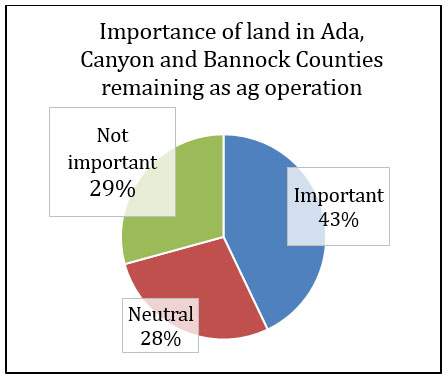Research Problem
WaterSES is an interdisciplinary group working to understand and compare the social-ecological dynamics causing and caused by water scarcity in three very different watersheds, with the goal of finding sustainable solutions to balance the water needs of nature and society. Three place-based pilot study areas – arid southern Spain, the Ouachita Mountains and Gulf Coastal Plains ecoregions of Oklahoma (US), and two watersheds of Idaho (US) – have different climates, water needs and socio-ecological dynamics, but are all experiencing new regional, societal demands for limited water resources. The goal of this working group is to study the social-ecological dynamics of three water-limited systems to propose sustainable water use solutions.
Research Outcomes
The goal of this working group is to understand the socio-ecological systems dynamics in watersheds, and how such dynamics can be influenced by water scarcity and conflicting local and regional water needs. We will use an ecosystem services framework to a) characterize the coupled human-nature interactions and derived societal impacts of each social-ecological system, b) quantify the biophysical capacity to supply water-related ecosystem services, c) characterize the societal demand for water-related ecosystem services, d) explore trade-offs and synergies between supply of and demand for ecosystem services, and f) engage the general public and institutional and political dimensions to propose solutions for sustainable water use. Members of our trans-disciplinary team have backgrounds in ecology, hydrology, political science, sociology, physical and human geography, history, public policy, urban planning, computer sciences, communication and visualization.






